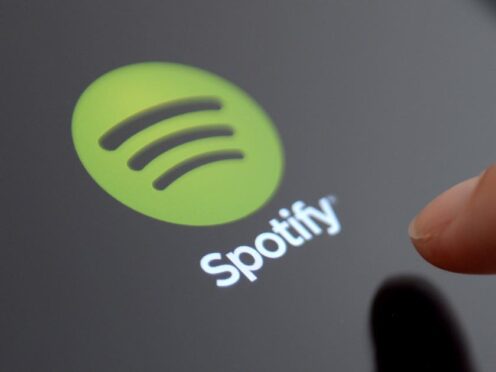Joni Mitchell has become the latest musician to remove her music from the streaming service Spotify.
She joined Neil Young in taking off her back catalogue after the pair raised concerns about it playing host to the The Joe Rogan Experience podcast, which has aired vaccine-sceptical views.
Other stars have clashed with the service before – here is a round-up of some of the previous incidents.
– Neil Young
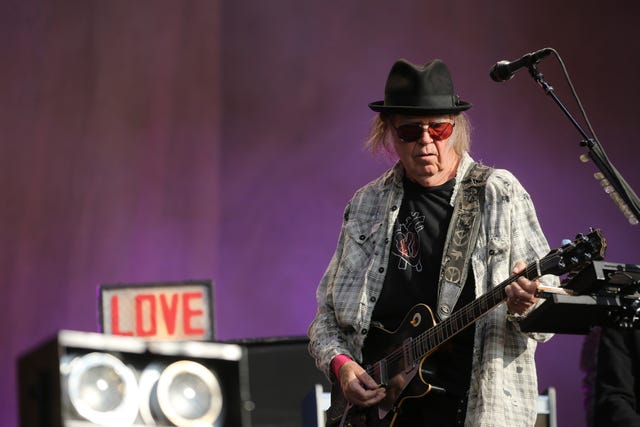
The singer has removed his music twice from the streaming service in recent years.
The first incident was in 2015. He explained it was not about the money, but rather due to sound quality.
His music later returned only for him to pull it again this week due to its hosting of the Joe Rogan podcast.
The comedian inked a licensing deal worth a reported 100 million dollars (£82 million) with Spotify in May 2020.
Spotify said it aimed to balance “both safety for listeners and freedom for creators”.
– Prince

In 2017, Prince’s music returned to Spotify after a short hiatus.
Two years earlier, he pulled his music from streaming services Spotify and Apple Music among others after previously declaring “the internet is over” in 2010.
At the time, he said: “I don’t see why I should give my new music to iTunes or anyone else. They won’t pay me an advance for it and then they get angry when they can’t get it.”
He died in 2016.
A year later, the organisation confirmed his Warner Bros catalogue, which includes hits such as Purple Rain and Raspberry Beret, would return on the same day as the Grammy Awards in the US.
– Taylor Swift
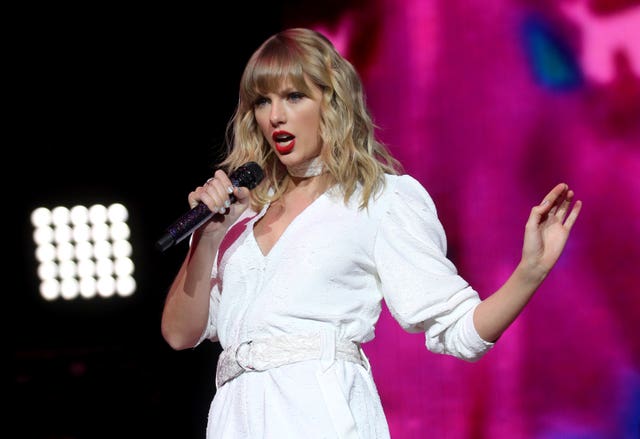
One of the world’s most famous popstars removed her music from the service in 2014 just as she released her album, 1989.
She did not confirm her reasons but many speculated at the time that it was to help focus interest on driving album sales around the release date, rather than allowing them to be heard for free.
Swift, who also removed her album Red before pulling her entire catalogue that year, had previously written a piece in the Wall Street Journal that summer, saying: “It’s my opinion that music should not be free and my prediction is that individual artists and their labels will some day decide what an album’s price point is.”
Daniel Ek, the CEO and founder of Spotify, hit back at the time, saying that “our interests are totally aligned with yours” and they were “getting fans to pay for music again” and defended how much they pay artists.
She later returned her music to the service in 2017, as a way of “thanking” her fans after selling over 10 million albums of 1989 worldwide.
Swift also criticised Apple music about its payment policy, and wrote an open letter to the platform.
The letter prompted Apple to change the policy, and it later reached an agreement with independent record labels to join the service too.
– Adele

Adele originally did not allow for her third album, 25, to be released on Spotify or Apple Music after it hit the shelves in 2015.
Neither Adele nor her record company outlined the reasons, but it was made available for purchase on the Apple store.
It was later made available on the service seven months later.
– Beyonce and Jay-Z
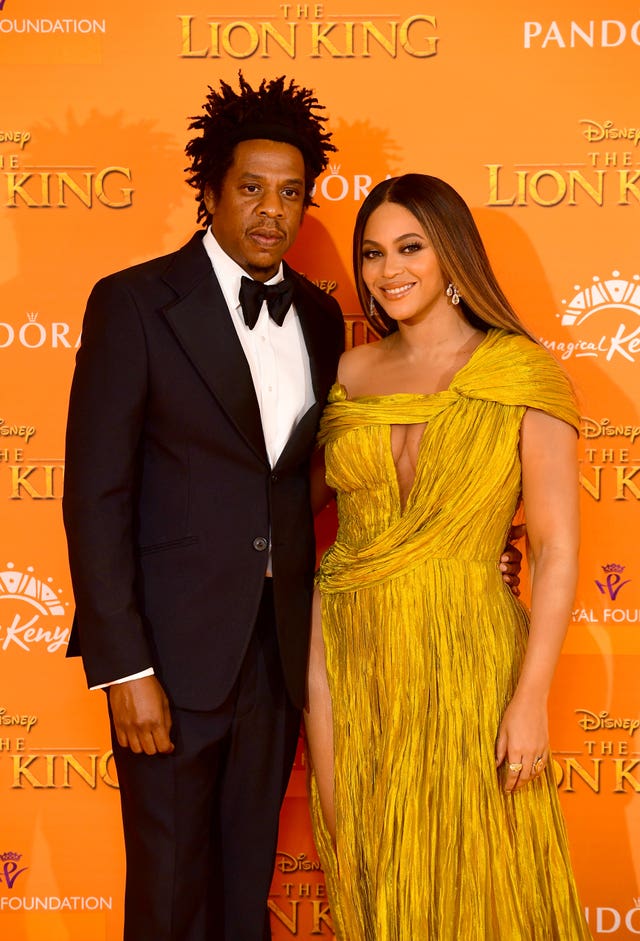
In 2015, Jay-Z unveiled a revamp of a streaming company to rival Spotify. It came after he purchased Swedish tech company Aspiro in early 2015, one of whose services is music streaming site Tidal, in a deal worth 56 million US dollars (£37.8 million).
It was endorsed by Alicia Keys, Beyonce and Kanye West and was co-owned by Calvin Harris and Chris Martin.
Its strategy was to encourage artists to lobby their record labels to let them “window” new releases for a minimum of a week, making them exclusive to Tidal for that time. The company’s aim was to “re-establish the value of music”.
It saw albums – such as Beyonce’s Lemonade – not released at all on the service, while Jay-Z removed most of his back catalogue.
Jay-Z later released his back catalogue again on Spotify to mark his 50th birthday in 2019. Lemonade also joined the service in April 2019, three years after its release.
– Coldplay
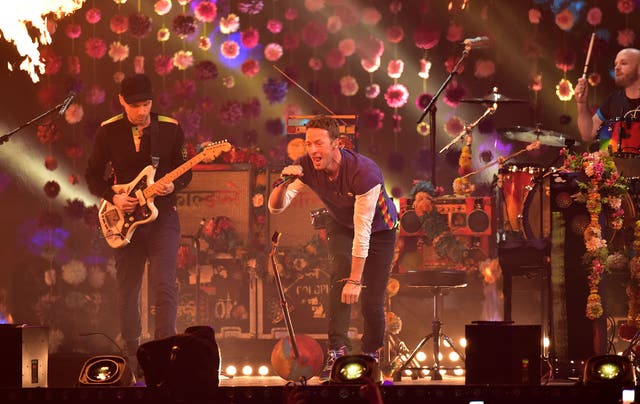
British band Coldplay followed Swift and Adele’s actions in 2015 after deciding not to allow their album, A Head Full Of Dreams, to be streamed on Spotify.
Trade publications reported that the band was hoping to have it released solely on Spotify Premium – where users pay for subscriptions.
It was subsequently released on all paid-for streaming platforms except Spotify.
However, a few weeks after the release, it was uploaded to Spotify.
